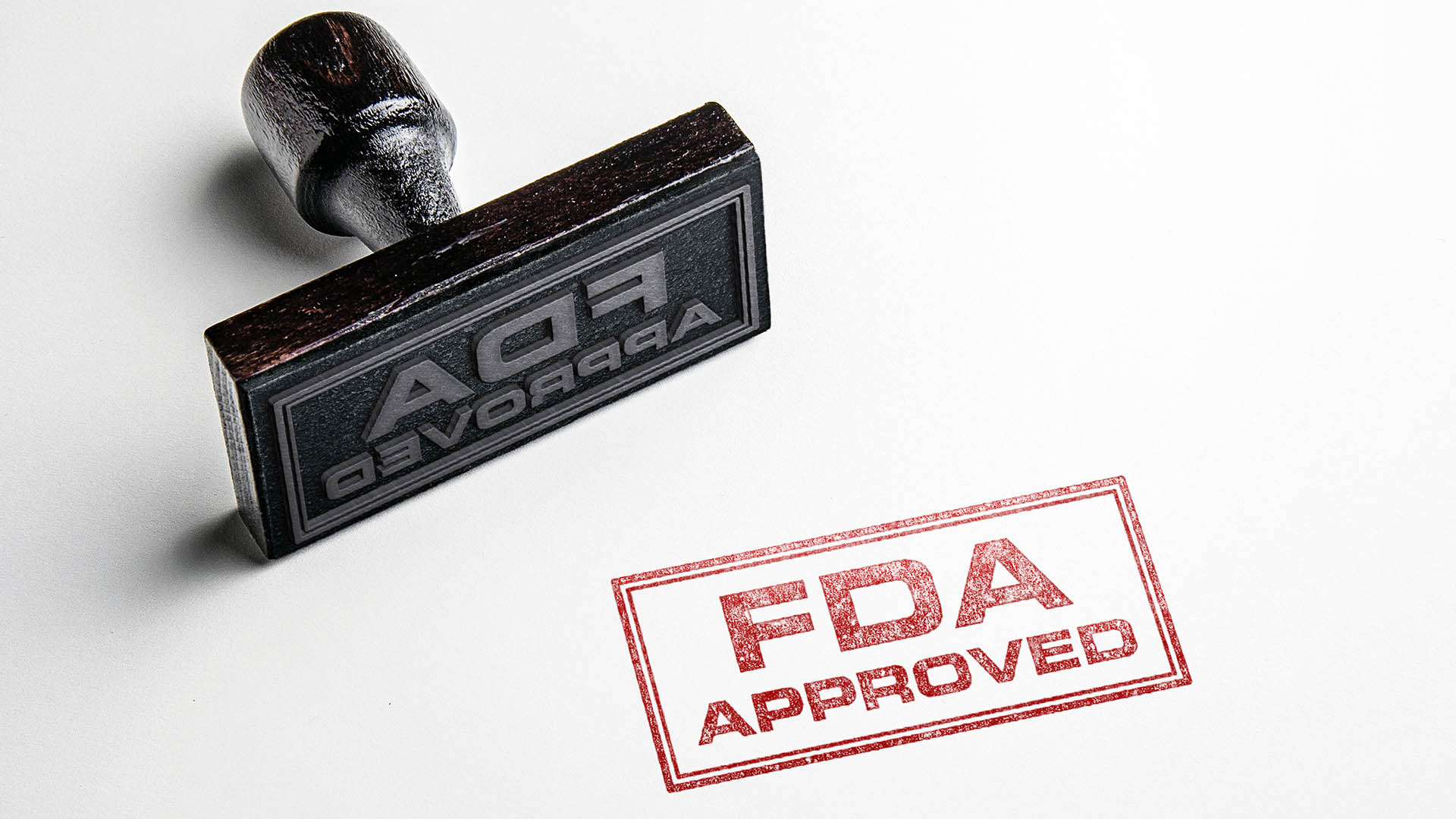BHP is looking for a significant surge in earnings (and dividends) for the June 30 year after turning in a June quarter and full year production report that was surprisingly stronger than expected.
Despite the impact of a strike at the Escondida copper mine in Chile and a half a billion write off associated with that, and the impact of Cyclone Debbie on Queensland hard coking export coal mines in late March, iron ore did well, as did petroleum.
Lower production of copper and a 9% fall in the average copper price in the year compared with the previous year will be the major negative
And huge price rises for coal will more than offset the lost exports, while like Rio Tinto, BHP is looking at a huge rise in earnings from its iron ore business.
The company revealed yesterday that its average iron ore price in 2016-17 will be $US58 a tonne, up 32% from 2015-16’s $US44 a tonne. Hard Coking coal prices were up 117%, soft coking coal prices were up 56%, oil prices were up 23%, LNG prices were down 11%, US natural gas prices were up 33%, natural gas prices were up 8%, nickel prices were up 10% and copper prices were down 9%.
Apart from oil and copper production of other commodities rose over the year.
We were given a hint of the improvement in the December 31 half year report when underlying earnings hit $US3.2 billion, up from $US412 million the year before. Full year earnings for 2015-16 fell 81% to just $US1.22 billion.
BHP has almost trebled that result in the December half year, now another big second half profit and a huge full year figure is in store. Shareholders have already received a 40 cents a share interim payout (10 US cents more than expected).
Shareholders last year received a full year payout of 30 US cents – that will be more than trebled if indications from the production report (which also contained average ricing comparison for the two financial years) are any indication.
Releasing its latest operational review, the world’s biggest miner said iron ore production hit 231 million tonnes in the year to June 30, up 4% per cent on the previous year.
http://www.bhp.com/-/media/documents/media/reports-and-presentations/2017/170719_operationalreviewfortheyearended30june2017.pdf?la=en
Output was about 60 million tonnes in the June quarter, up from 56 million tonnes a year earlier.
The record iron ore production from its WA operations was attributed to “productivity improvements across the supply chain and additional capacity at Jimblebar", one of the seven iron ore mines BHP runs in the Pilbara.
For fiscal 2018, the mining giant expects to increase iron ore output by a further 3% to 5 per cent to hit 239 million to 243 million tonnes for the year.
BHP said its copper production was down 16% on the previous year, due to the impact of the long-running industrial action at the Escondida mine in Chile, as well as “the power outage and unplanned maintenance at Olympic Dam in South Australia last September.”
The company said full-year metallurgical coal production fell 6% to 40 million tonnes because of Cyclone Debbie, but expects this to increase in 2017-18.
The company said it was looking for a 10% to 15% increase in the production of metallurgical coal in fiscal 2017-18 and said its copper production would rise by 25% to 35%.
Output in the petroleum division was 13% lower at 208 million barrels of oil equivalent (mmboe) because of US shale gas development activity being deferred and a natural decline in conventional assets, but was still within guidance. However, production in copper operations slid 16 per cent to 1.32 million tonnes as a 43-day labour strike at the jointly owned Escondida mine in Chile weighed down performance.
BHP will take a charge of $US740 million ($A935 million) against its full-year profit on account of idle capacity and strike-related costs, as well as a withholding tax charge in Chile on a one-off dividend payment.
BHP shares lost ground to end the day down 1%, at $24.83.













